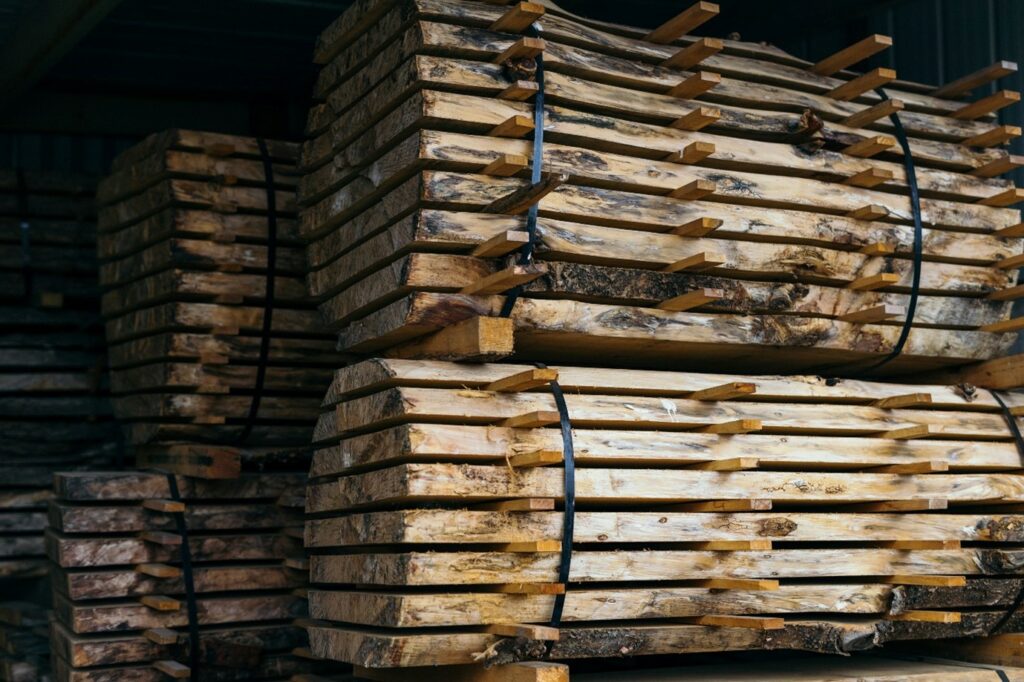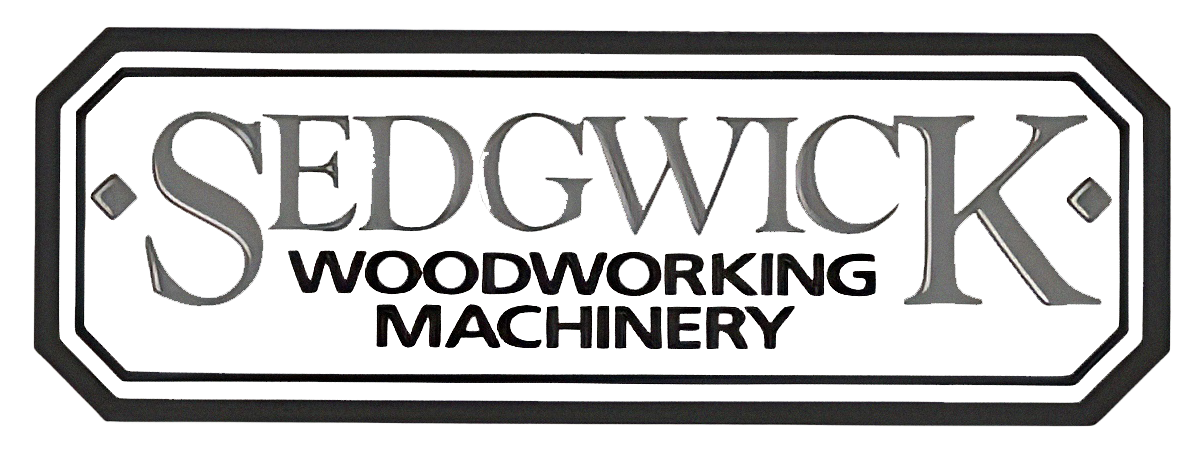A bandsaw machine can be used to make many cuts quickly and precisely – providing you’ve got the right blade for the task!
Knowing which bandsaw blade is best can be tricky. Especially as they come in a range of materials, widths, tooth designs and configurations, and are suitable for different applications.
To ensure you make an informed decision when choosing bandsaw blades, there are a few basic factors you’ll need to consider first.
Read on to learn more about choosing and using bandsaw blades effectively.
What are the 3 main types of bandsaw blades?
There are typically 3 types of tooth configurations for bandsaw blades:
- Regular – this type of bandsaw blade has evenly spaced teeth. It’s a must-have for cutting thin materials, offering a smooth finish, as well as general-purpose cutting and contour sawing.
- Skip – with widely spaced teeth, usually at a 0-degree angle, skip tooth blades prevent clogging when cutting soft wood, non-ferrous metals and plastics.
- Hook – these bandsaw blades are recognised for their deeper gullet (larger teeth and steeper rake angle) which helps the blade to cut more aggressively. They provide faster cutting rates, making them ideal for long cuts in thicker materials.
How is a bandsaw blade measured?
Choosing and using the correct size bandsaw blade is key to the performance of your machine and the quality of the end result.
For the most part, the length of blade your bandsaw requires will be included in the user’s manual or marked somewhere on your machine. If it’s not, you can calculate the blade length using the following formula: (R1 x 3.1416) + (R2 x 3.1416) + (2 x C).
3 simple steps to measure bandsaw blade length
- Set the pulleys or wheels in a working position.
- Measure the distance between the centres on the drive wheels. This will be “C”.
- Determine the radius of the upper and lower wheels by measuring from the centre to the outside of the wheel. These values will be “R1” and “R2”.
How many teeth per inch should a bandsaw blade have?
The trick to determining how many teeth per inch (TPI) a bandsaw blade should have is finding the balance between the finish and feed rate.
Blades with more teeth tend to cut slow and smooth whilst blades with fewer teeth cut faster and offer a rougher finish.
If you’re cutting thicker materials or resawing, opt for a coarse bandsaw blade with 2 or 3 TPI.
For general woodcutting tasks, where coarse, fast-cutting is desirable, you can’t go wrong with a 4 TPI blade. And if you require slower and smoother cuts, choose a 14 TPI blade.
Regardless of how many teeth your bandsaw blade has, keep at least 3 teeth in the material at all times for any type of precision cutting. This will ensure stability and accuracy when cutting lumber and metal.
How long will a bandsaw blade last?
Bandsaw blades can last anywhere between 6 months and several years, depending on what you’re cutting, how often they’re used and how well you look after them.
It’s worth noting that not all blades are created equal, and not everyone uses them in the same way. Some bandsaw blades are explicitly used for woodwork, whilst others can be used in metalwork too.
If you’re using bandsaw blades for woodcutting, and you regularly cut hard woods, this can significantly reduce their lifespan – calling upon the need for a replacement sooner. And if you run into a nail or something similar, this could damage your blade.
How do you sharpen a bandsaw blade?
Most people will replace a dull bandsaw blade. However, you should be able to sharpen the blade at least twice before it needs changing completely.
You can either sharpen bandsaw blades manually or mechanically.
Sharpening blades manually is the most cost-effective method if you don’t plan on sharpening them often – and all you need is:
- safety glasses
- gloves
- a sharpening stone with a flat surface
- a hand file or pencil grinder
- a bandsaw or jig
However, using a mechanical bandsaw blade sharpener is a sure-fire way to save time and energy. These specialist machines make the process much simpler and allow you to invest your precious time and effort elsewhere.
Find the best bandsaw blades at Kendal Tools
You should now have a better idea of what to look for when choosing a bandsaw blade.
Here at Kendal Tools, we’re proud to stock bandsaw blades in a choice of widths and lengths and guarantee some of the most competitive prices around.
Simply browse our online range and click on the different products available to find out more. Once you’ve found the most suitable products for your bandsaw machine, add them to your basket and check out.
If you have any questions or need an expert opinion, don’t hesitate to give us a call on 01539 733 774 and we’ll gladly assist.












